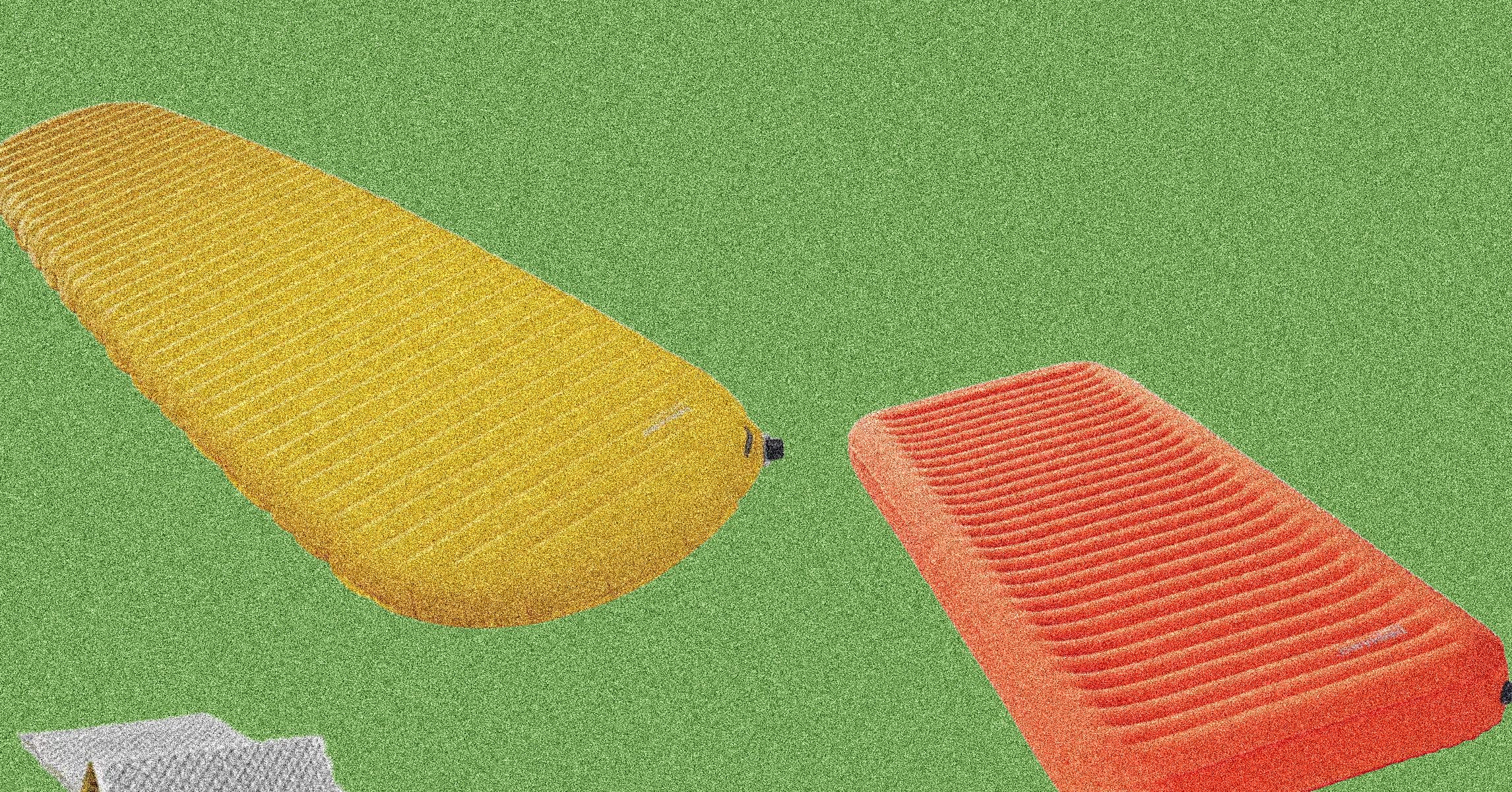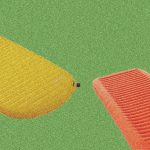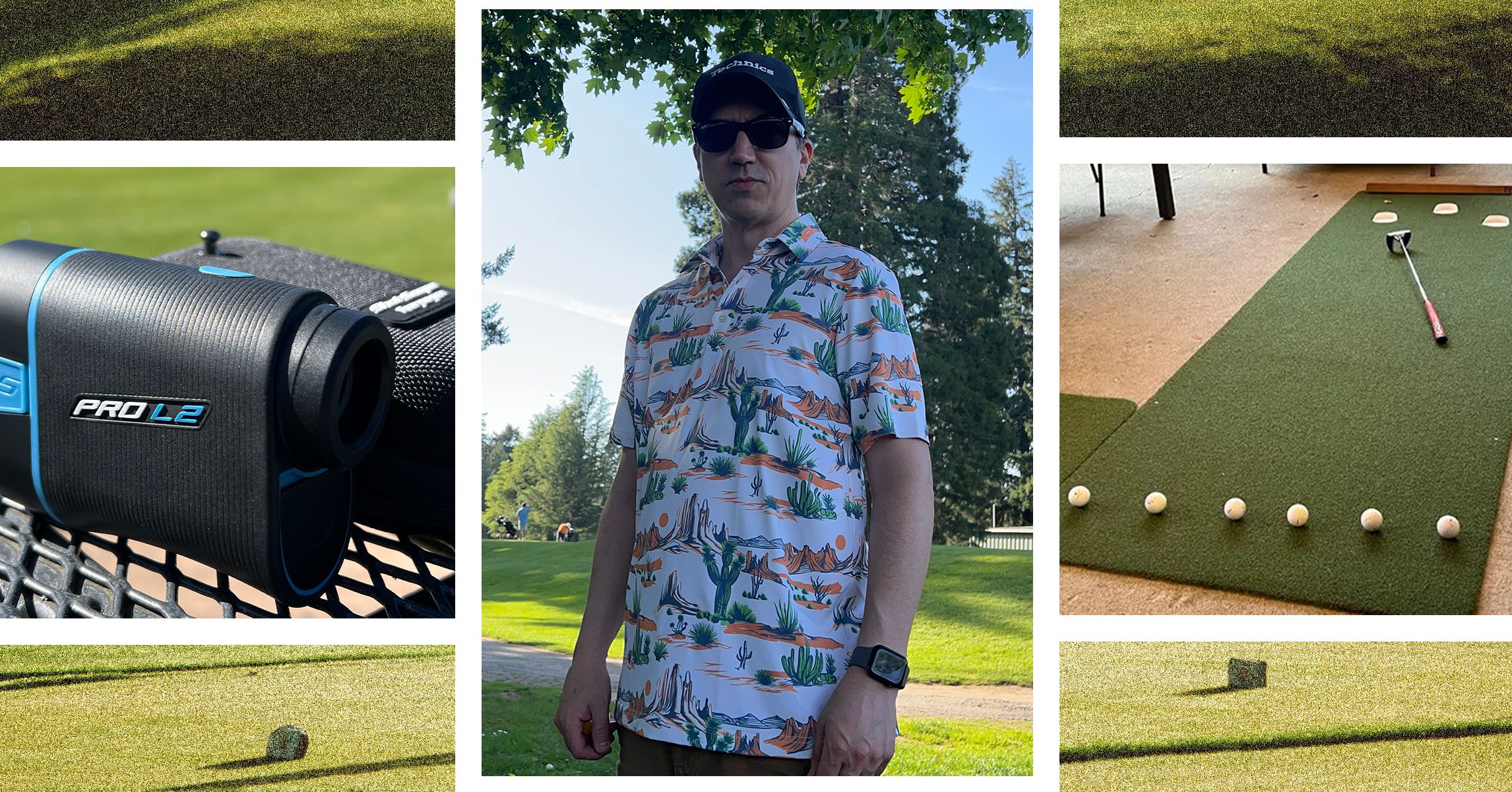
Here are some general guidelines to keep in mind when shopping for a new sleeping pad. When backpacking, we suggest sticking with inflatable pads or self-inflating pads (though these are generally heavier), which offer the best insulation and cushioning to size and weight. Whatever you specific needs, your goal is always to find the best warmth-to-weight ratio. More warmth means more weight. Keep the following tips in mind.
Know your intended use. Every ounce counts, and so does the packed size. Smaller, lighter pads take up less room in your pack and are great for a thru-hike where you’re trying to minimize gear size to make room for food. Also, consider the climate. If you plan to camp in Michigan in the fall where cold weather is all but guaranteed, you need a much more insulated pad to protect you from cold ground temps than you do camping in the Everglades in August. Bonus tip: Don’t camp in the Everglades in August.
Know thyself. Everyone sleeps differently, and different pads will be better for different people. Are you a side sleeper who sleeps cold? Go for a thicker pad with more insulation. Sleep every which way and always waking up hot? Get an ultralight pad that’s quiet, so your tossing and turning won’t disturb your tent mates.
Consider your entire sleep system. The pad is the foundation, but how warm you sleep will also be affected by your sleeping bag, pillow, even which base layers you bring. (Many people don’t know this, but sleeping bag temperature ratings assume you’re wearing a base layer.)
You might need two. Sleeping pads are not a one-size-fits-all solution. A lightweight pad that’s perfect on balmy summer nights isn’t going to cut it at an alpine camp in early spring. It might be tempting to just get the summer pad and bring a heavier sleeping bag in spring, but this does not lead to restful nights. A good sleeping pad means the difference between being warm and getting rest or shivering all night, even in the same sleeping bag. Trust us. We do it so you don’t have to.
Comfort is key. I know I joke about sleeping on tiny closed-cell-foam pads, but there’s no need anymore. This guide is proof that comfortable sleeping pads exist and weigh next to nothing. Even though I really did sleep on the ground 35 years ago, you couldn’t pay me to do it now. Now I almost always bring two pads: one inflatable and one thin closed-cell foam. The latter gives me a place to sit in the evening and adds quite a bit of warmth and a no-slip sleeping surface when I need it at night.









